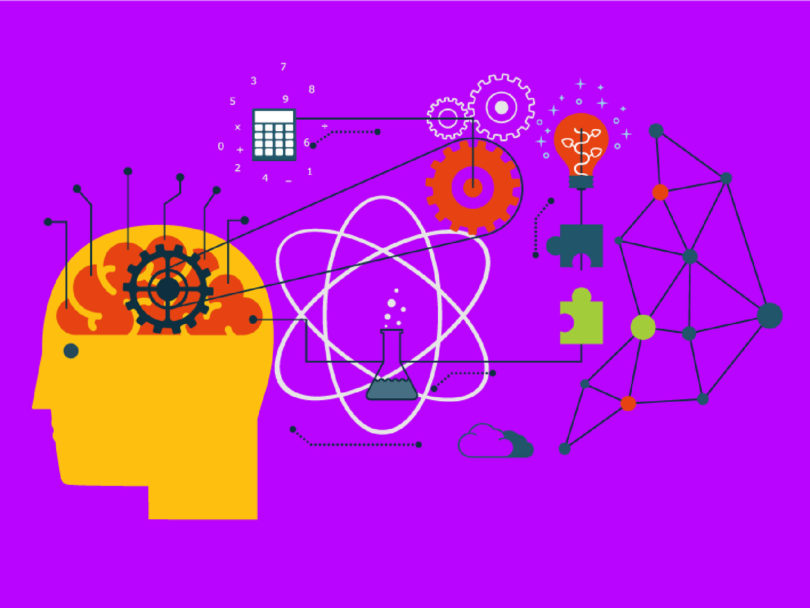We live in one of the most influential countries on the planet, rich with talent, ideas and influence that help shape the rest of the world. So, what does it say about us that we are also forced to import much of our talent from abroad, particularly when it comes to science-based fields. According to Mariano Sana, a Vanderbilt University professor, the ratio of foreign-born to U.S.-born scientists and engineers doubled in little more than a decade. No, it’s not an issue of Americans lacking talent; it’s a problem that stems from untapped potential and an indifference to developing that talent.
Women In STEM, LLC, based in Orland Park, Ill, partners with Engineering For Kids/ Chicagoland to tackle this issue head-on by offering STEM education to kids ages 4 to 14 in the Chicago suburban area. Women in STEM founder, Rita Kikoen, sees myriad benefits to introducing kids to STEM concepts through parent/tot classes at even younger ages, too. Children between the ages of 18 months and 3 years old are in one of the most impressionable stages in their lives. Engaging them in STEM (science, technology, engineering and math) activities at an early age can have a positive impact on their development.
With this realization, STEM programs are making names for themselves across the country, from universities promoting their curriculums to toddlertargeted classes. Yes, you read that correctly, toddlers have become a focus for STEM programs. The more you think about it, the more sense it makes. As toddlers’ and young children’s brains are absorbing everything they encounter – why not start them early?
“Children are sponges,” says Kikoen. “Introducing STEM at a young age helps a child’s cognitive development, in addition to improving social skills and teamwork abilities.”
Incorporating stimulating exercises for toddlers such as counting, coloring and paper airplane building into a social setting allows parents and their children to bond with each other and other families, all while learning and being productive. Two- and 3-year-olds are at the height of developing their dexterity and coordination. Additionally, there are major things happening inside of tots’ brains in terms of cognitive development and learning to think for themselves.
According to a report from Harvard University’s Center on the Developing Child, “the brain is most flexible early in life to accommodate a wide range of environments and interactions … early plasticity means it’s easier and more effective to influence a baby’s developing brain architecture than to rewire parts of its circuitry in the adult years.”
As the brain matures, it becomes more specialized to assume complex functions and, at the same time, actually becomes less capable of adapting to new challenges.
In the 1970s, a study conducted at the Frank Porter Graham Child Development Institute in Chapel Hill, N.C., enrolled infants into a program designed to enhance cognition and language development. The study found that these infants had higher IQ levels by age 3 and above-average reading and math scores as they advanced through school.

